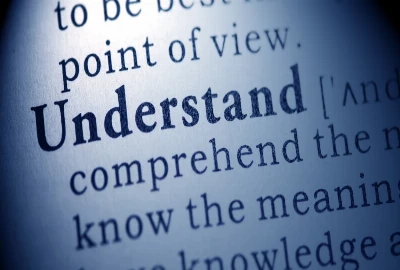The Rise of Virtual Influencers and Digital Celebrities: Redefining Fame in the Digital Age

The world of influence and celebrity is evolving at lightning speed. While traditional influencers build careers by sharing real lives online, a new wave of virtual influencers and digital celebrities is transforming the landscape. These computer-generated personalities, often powered by AI, boast millions of followers, brand partnerships, and global recognition—all without existing in the physical world. The rise of virtual influencers and digital celebrities raises important questions about authenticity, creativity, and the future of fame.
What Are Virtual Influencers and Digital Celebrities?

Before diving into their impact, it’s essential to define exactly what we mean by virtual influencers and digital celebrities.
Virtual Influencers Explained
Virtual influencers are computer-generated characters designed to act like real social media personalities. They post curated content, share “personal” stories, and interact with followers in ways that feel human. Examples include Lil Miquela and Shudu, both of whom have millions of followers.
Digital Celebrities Beyond Social Media
While some virtual stars thrive on Instagram or TikTok, others exist in gaming, music, or even the metaverse. For example, Hatsune Miku, a Japanese virtual pop star, has performed at sold-out concerts using hologram technology.
Blurring the Line Between Reality and Fiction
These influencers are crafted to mimic human personalities, creating an illusion of relatability. Followers know they aren’t real, but the emotional connection still feels genuine—showcasing the power of storytelling and digital artistry.
The Origins of Virtual Fame

The idea of digital celebrities didn’t appear overnight; it evolved from earlier forms of digital media and character creation.
From CGI to Social Media Personalities
The early 2000s saw CGI characters in advertising and entertainment, but they lacked the interactive quality of today’s influencers. The rise of social platforms allowed these digital personas to thrive, offering ongoing engagement rather than one-off campaigns.
Early Virtual Icons
Hatsune Miku and Gorillaz were among the first to blur the lines between digital artistry and celebrity culture. Their success laid the groundwork for the current wave of influencers who now dominate platforms like Instagram and TikTok.
The Role of Technology
Advancements in 3D modeling, AI, and motion capture have made virtual influencers more lifelike and easier to manage. This technological progress allowed them to evolve from niche experiments into global stars.
Why Brands Are Turning to Virtual Influencers

The rise of virtual influencers is not just a cultural phenomenon—it’s also a marketing revolution.
Total Control for Marketers
Brands love virtual influencers because they are fully customizable. There are no scandals, scheduling conflicts, or unpredictable behaviors. Every post aligns with the brand’s vision.
Global Reach and Consistency
Unlike human influencers, digital celebrities never age, tire, or lose relevance. They can represent brands consistently across different cultures and languages.
High Engagement Rates
Studies have shown that virtual influencers often achieve higher engagement rates compared to human influencers, proving that followers are fascinated by these digital creations.
The Psychology of Following Virtual Influencers

Why do people follow influencers they know aren’t real? The answer lies in human psychology and the need for connection.
Parasocial Relationships
Fans form parasocial relationships with virtual influencers just as they do with real celebrities. These one-sided emotional bonds feel authentic, even though the influencer doesn’t truly exist.
Escapism and Fantasy
Virtual influencers often embody aspirational lifestyles that fans enjoy escaping into. Unlike human influencers, they are not limited by physical constraints, allowing them to appear anywhere or take on any persona.
Curiosity and Novelty
The novelty of interacting with a non-human personality draws people in. Many followers are intrigued by the creativity and artistry behind the influencer, sparking curiosity-driven engagement.
Case Studies: Leading Virtual Influencers and Digital Celebrities

Several high-profile virtual influencers illustrate just how powerful this trend has become.
Lil Miquela
Created by Brud, Lil Miquela is one of the most famous virtual influencers. With millions of Instagram followers, she collaborates with luxury brands like Prada and Calvin Klein, blurring the lines between fiction and reality.
Shudu Gram
Dubbed the world’s first digital supermodel, Shudu has worked with brands like Balmain and Fenty Beauty. Her hyper-realistic appearance challenges traditional beauty standards.
Hatsune Miku
This virtual pop star from Japan has released albums, toured globally, and built a devoted fan base, demonstrating that digital celebrities can rival traditional entertainers.
The Role of AI in Shaping Digital Personalities

Artificial intelligence plays a major role in making virtual influencers more engaging and lifelike.
Chatbots and Interactivity
AI enables influencers to respond to comments, simulate conversations, and provide personalized experiences for followers.
Machine Learning for Personality Development
Over time, AI can help shape a virtual influencer’s “personality,” adapting their responses and content based on audience feedback and engagement patterns.
Expanding the Metaverse
With the growth of metaverse platforms, AI-driven influencers are likely to become fully interactive characters that fans can meet in immersive digital environments.



